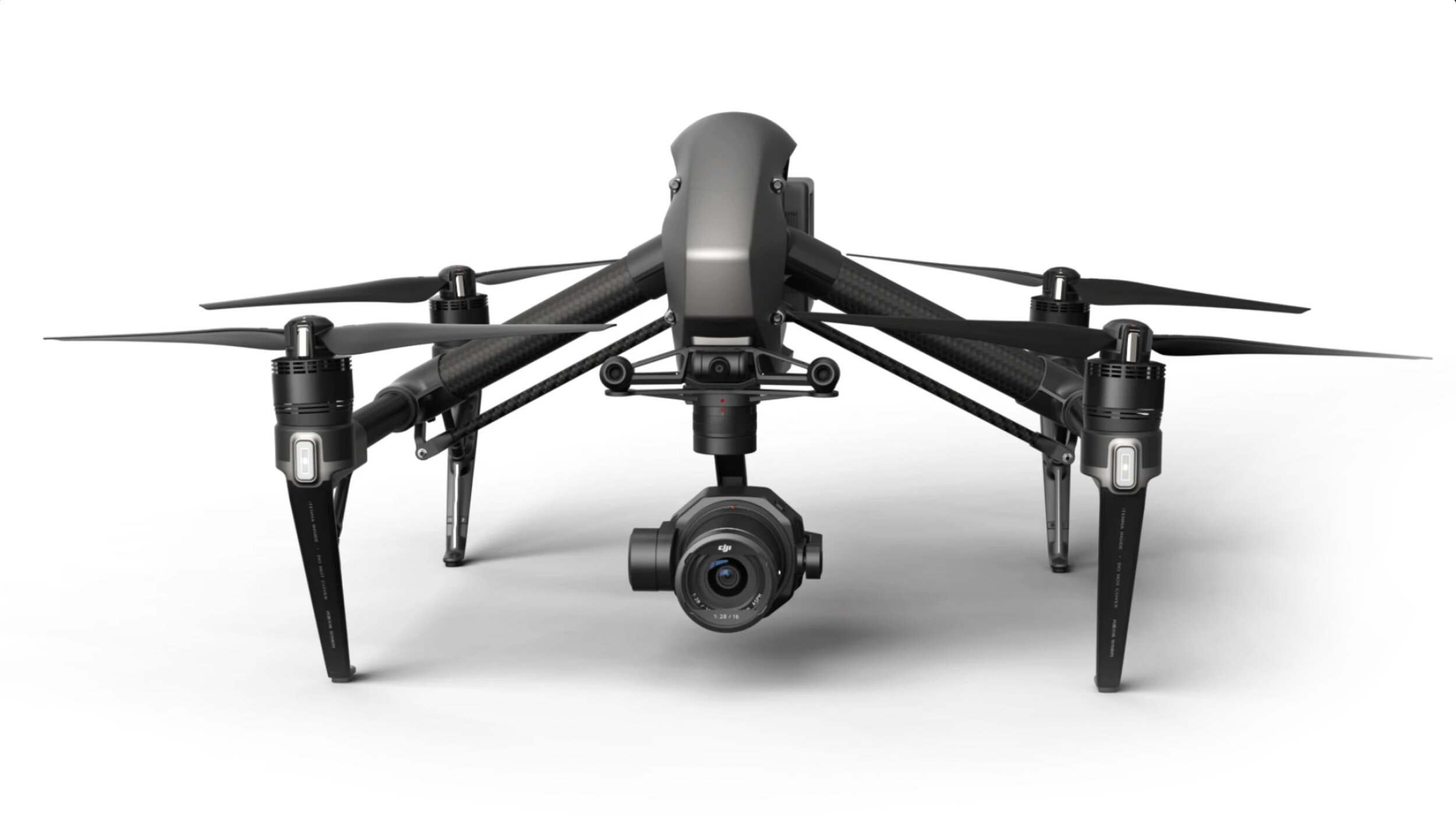How AI is Transforming the Fashion Industry

The fashion industry, long celebrated for its creativity and artistry, is undergoing a seismic shift. At the heart of this revolution lies artificial intelligence—a force redefining every thread, stitch, and silhouette. From algorithmic design to hyper-personalized shopping experiences, how AI is transforming the fashion industry is not just a trend but a tectonic evolution. Let’s unravel the fabric of this digital metamorphosis.
1. The Rise of Algorithmic Couture
Gone are the days when design inspiration relied solely on mood boards and muses. Today, generative adversarial networks (GANs) craft avant-garde patterns, predict color trends, and even simulate fabric behavior. Brands like Stella McCartney and Balenciaga harness AI-driven tools to create collections that blend human intuition with machine precision. These systems analyze petabytes of historical data—runway archives, social media buzz, and cultural shifts—to generate designs that resonate with contemporary tastes.
Imagine a world where a single algorithm can propose 10,000 unique prints in minutes, each optimized for market viability. This isn’t science fiction; it’s the new reality. By decoding consumer preferences through neural networks, designers sidestep creative blockages, ensuring every collection is both innovative and commercially astute.
2. Sustainable Fashion: AI’s Green Thread
Sustainability is no longer a buzzword but a mandate. How AI is transforming the fashion industry shines brightest in its ability to combat waste. Predictive analytics minimize overproduction by forecasting demand with 90% accuracy, slashing excess inventory. Startups like Vue.ai use computer vision to digitize fabric swatches, enabling virtual sampling—a process that reduces material waste by 30%.
Even more groundbreaking? AI-powered circularity platforms. These systems track garments throughout their lifecycle, suggesting repair, resale, or recycling options. For instance, Rent the Runway employs machine learning to optimize rental cycles, ensuring each dress finds multiple wearers before retirement. The result? A 40% reduction in textile landfill contributions.
3. Hyper-Personalization: The End of One-Size-Fits-All
Shoppers today crave individuality. Enter AI’s knack for micro-targeting. Advanced recommendation engines, fueled by deep learning, analyze browsing habits, purchase history, and even body metrics to curate bespoke wardrobes. Apps like Zeekit (acquired by Walmart) let users “try on” clothes virtually, using augmented reality and biometric data to ensure flawless fits.
Luxury retailers are doubling down. Gucci’s AI stylist, for example, combines natural language processing with trend forecasting to offer real-time outfit advice. Meanwhile, Stitch Fix blends human stylists with algorithms to deliver personalized boxes—each item selected based on psychographic profiling. It’s retail therapy, reimagined.
4. Supply Chain Synergy: Speed Meets Precision
Fast fashion’s “see now, buy now” model demands agility. AI streamlines supply chains by predicting delays, automating warehouses, and optimizing logistics. Zara’s AI-powered inventory system adjusts stock levels in real time, responding to weather changes and viral TikTok trends. Similarly, H&M uses blockchain-integrated AI to trace cotton from farm to hanger, ensuring ethical sourcing.
3D knitting machines, guided by AI, produce garments on-demand, eliminating overstock. This “just-in-time” manufacturing slashes costs and carbon footprints. The outcome? A nimble industry where speed and sustainability coexist.
5. The Virtual Runway: Digital Fashion’s Meteoric Ascent
Digital garments—wearable only in virtual spaces—are exploding. AI-generated designs dominate platforms like DressX and The Fabricant, where users flaunt pixelated couture in metaverse galas. These pieces, often auctioned as NFTs, merge art and technology, appealing to Gen Z’s digital-native sensibilities.
Even physical fashion shows are getting AI makeovers. Paris Fashion Week 2023 featured holographic models styled by algorithms, while livestream analytics adjusted lighting and music in real time to maximize viewer engagement. The line between physical and digital is dissolving, creating immersive experiences that redefine “front row.”
6. Ethical AI: Navigating Bias and Privacy
As AI permeates fashion, ethical quandaries arise. Algorithmic bias—such as skin tone misrepresentation in virtual try-ons—remains a hurdle. Brands are countering this by training models on diverse datasets and partnering with inclusivity advocates.
Data privacy is another frontier. With AI collecting intimate metrics (body scans, style preferences), companies must balance personalization with confidentiality. GDPR-compliant frameworks and anonymized data pools are becoming industry standards, ensuring trust isn’t sacrificed at innovation’s altar.
Conclusion: Stitching the Future
How AI is transforming the fashion industry is a narrative of symbiosis—where silicon meets silk, and data dances with design. While challenges persist, the potential is limitless: smarter sustainability, boundless creativity, and a wardrobe that knows you better than you know yourself. As algorithms thread their way into every hemline and hashtag, one truth emerges: the future of fashion isn’t just wearable; it’s intelligently unforgettable.







